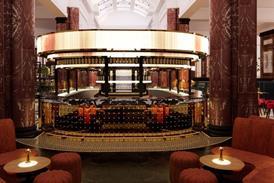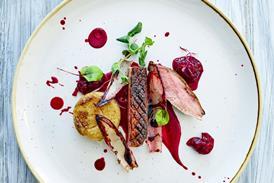High street openings hit new heights
As Britain’s casual dining sector continues to expand, albeit at slowing pace, it is clear where the focus of growth has been: the high street, according to the latest Market Growth Monitor from AlixPartners and CGA. Jamie Campbell, director at CGA, reports
Already have an account? Sign in






























